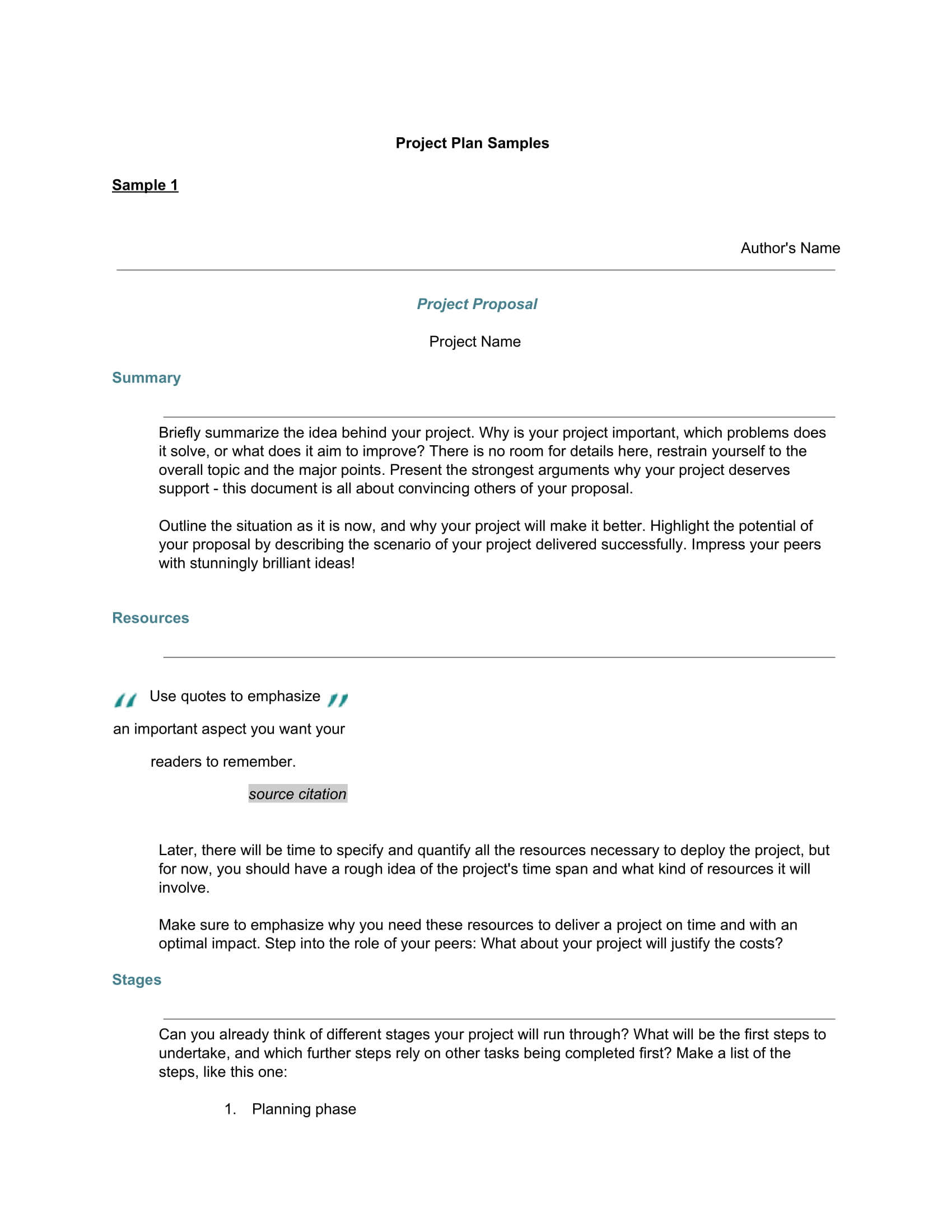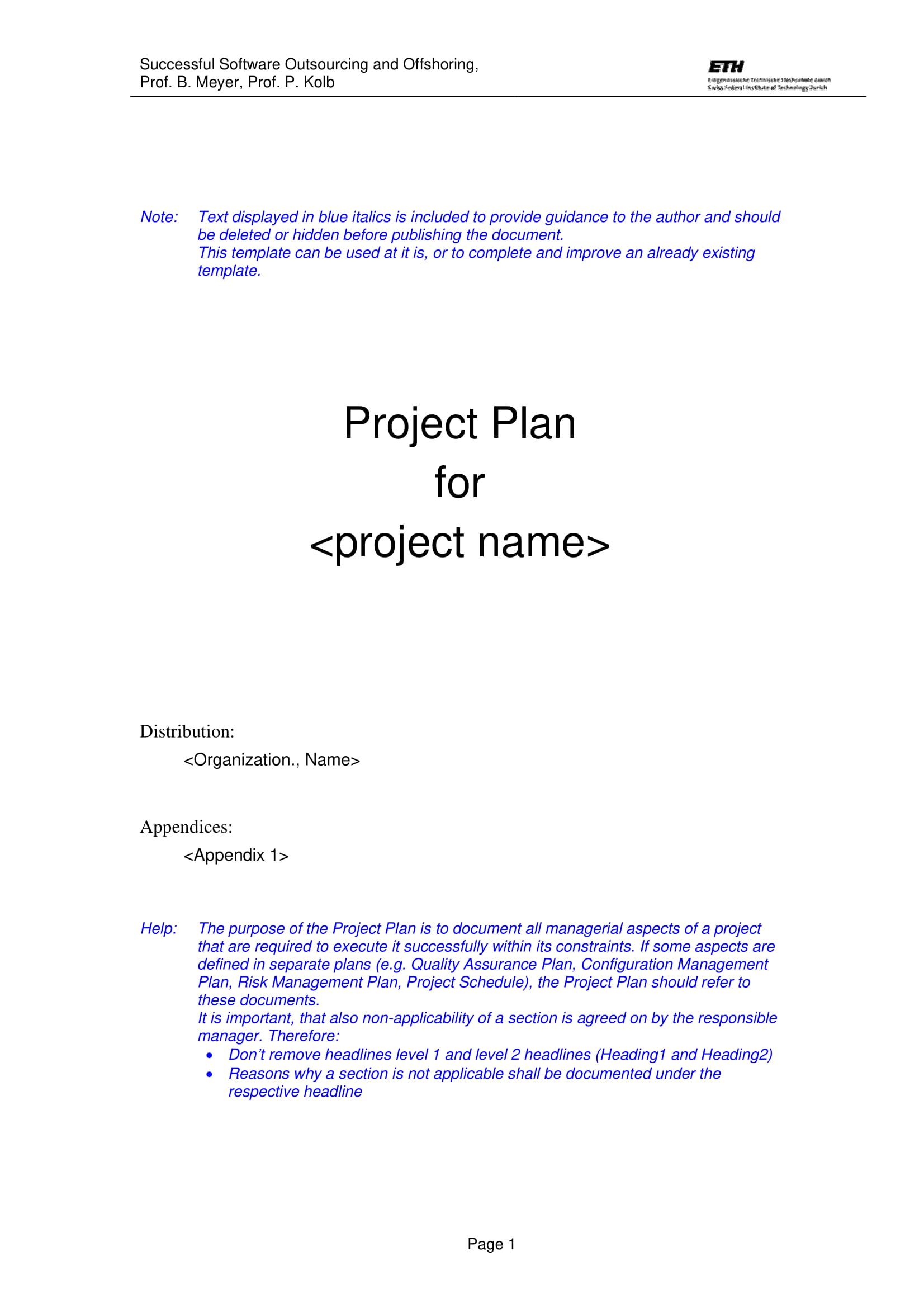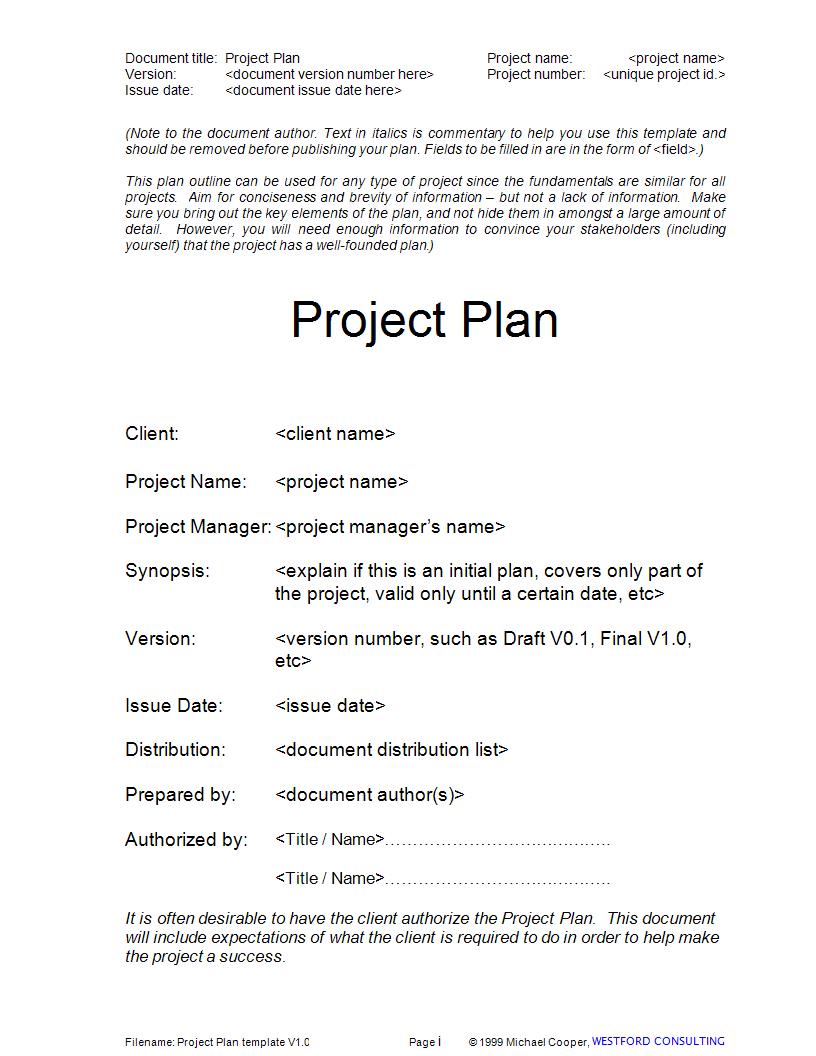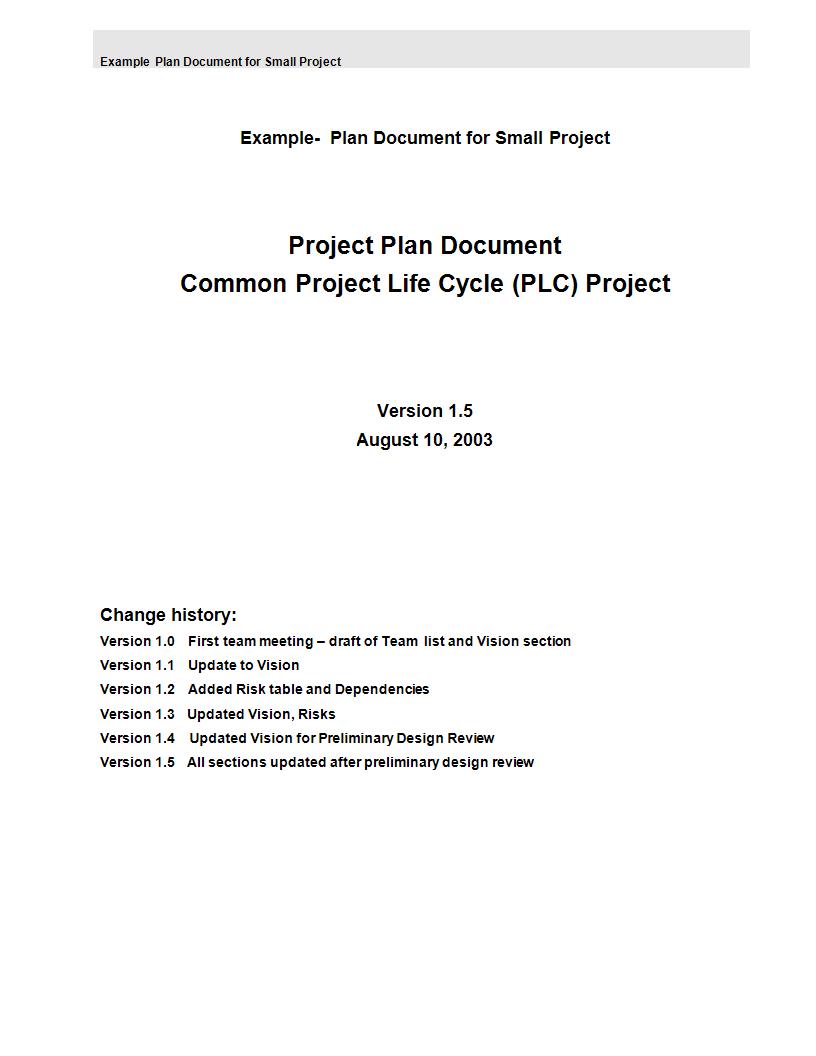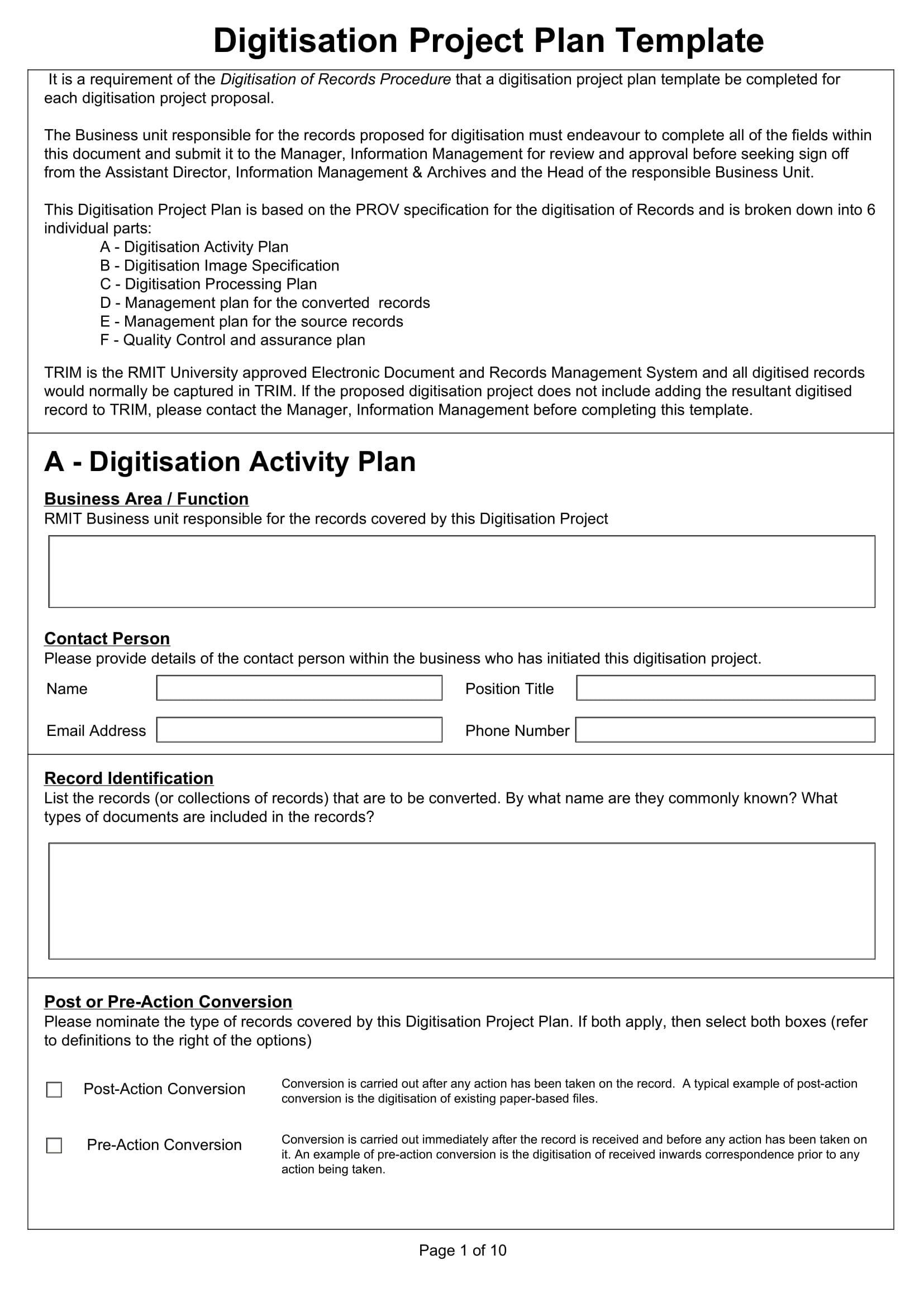19+ Simple Project Plan Examples to Download
Most entrepreneurs didn’t start big. In the business industry, starting from scratch is a mandatory procedure that one should take. Perhaps, no one ever starts with a fully-established company building with topnotch employees. No, a business doesn’t work that way. For an organization to grow big, constant project planning and implementing is substantial to see realistic and continuous growth. Before you start on a new venture, you need to have a comprehensive plan that will guide you and give you specific directions as to the steps you need to take. Therefore, regardless of the type of tasks, ventures, activities, and projects you would like to pursue, it is always better to have a strong sense of direction and purpose.

19+ Simple Project Plan Examples
1. Simple Project Plan Template
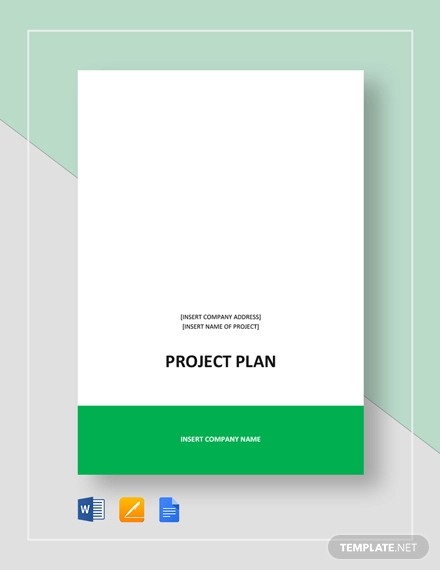
2. Sample Project Deployment Plan Template
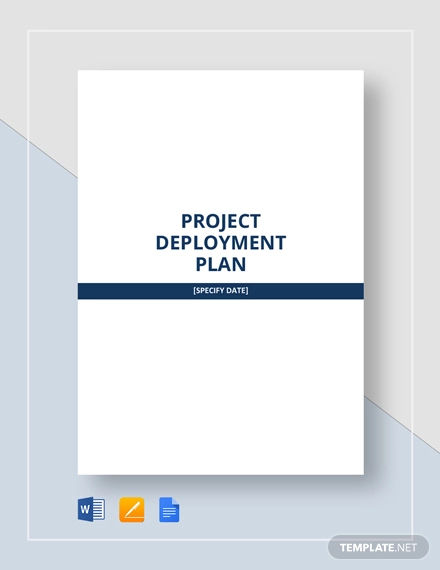
3. Project Action Plan Template
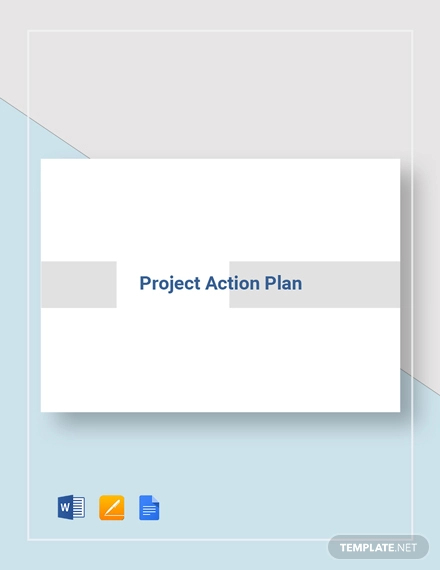
4. Project Sales Plan Template
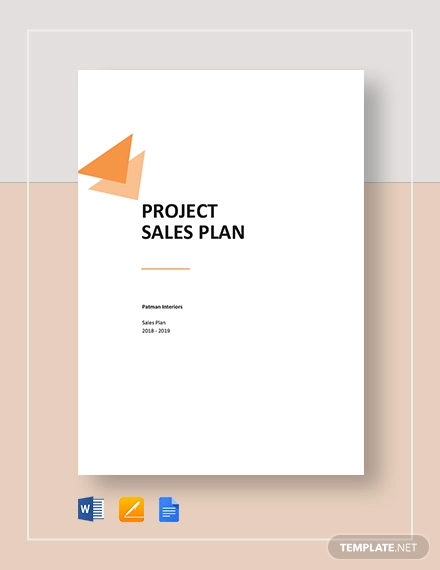
5. Construction Project Plan Template

6. One-Page Construction Project Plan Template

7. Business Start-Up Project Plan Template
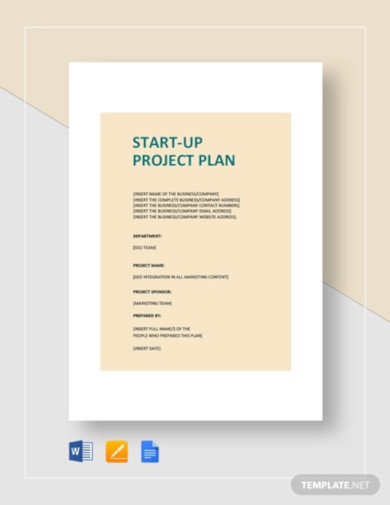
8. Project Operational Plan Template
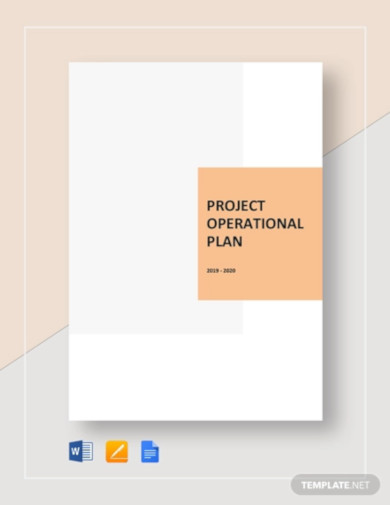
9. Project Transition Plan Template
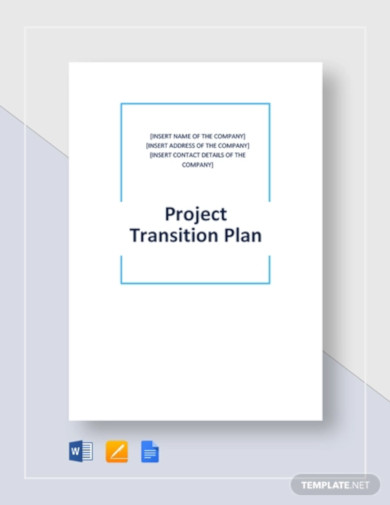
10. Project Management Plan Template
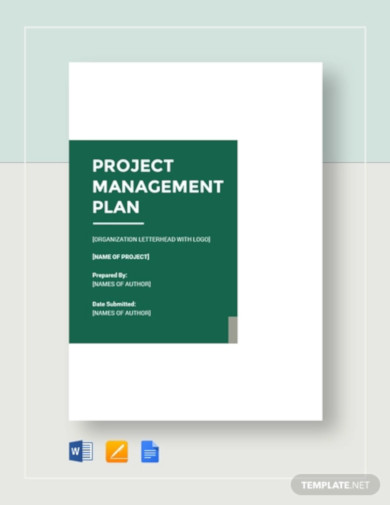
11. Simple Project Plan Example
12. Software Project Plan Template Example
13. Comprehensive Simple Project Plan Example
14. Football Project Plan Draft Example
15. Simple Project Plan Template Example
16. IT Project Plan Example
17. Simple Project Plan Format Example
18. Project Plan for Small Projects Example
19. Digitization Project Plan Template Example
20. Simple Project Plan Example
What Is a Project Plan?
A project plan is a document used to guide the control and execution of a project. It contains a list of sections for project management, such as the project timeline, budget, objectives, and action plan. These are the most critical aspects of a basic project plan that lead to a particular project’s success.
Planning For Your Business Project the Right Way
Business projects are just around the corner. It’s easy to think that way, but there are far way more procedures than that. You need to have proper communication and preparation to make sure everything will go according to plan. Whether for software development or new product release, know that the lack of planning is a waste of money and time. According to a report published by the Project Management Institute, the cost of medium-sized projects could cost up to $100,000. It’s a lot of money. This assessment only explains that planning should not be taken lightly. Or else, your money could quickly go to waste.
How To Make a Project Plan
Making a project action plan isn’t always the easiest process. You’ll have to consider your team’s decisions while being smart with your strategies. There are elements that you must bear in mind. To help you through, we listed the steps for you to come up with a comprehensive project plan.
1. Understand the Scope and Purpose of the Project
At its core, the business project plan must be communicative and realistic. Starting big isn’t always a good option, especially if you are a startup business. But it’s alright to be ambitious, but keep it purposeful and goal-oriented. It should be exciting and beneficial to your market, too. Therefore, you have to understand its process, scope, and limitations. Do you plan on making a new bag collection? Who are your competitors? Because it’s a big investment, you must prioritize extensive research, creating smart goals, and knowing your target market. With the latter, making a list of the people’s interest pays off. This will be your basis to understand what type of business projects work for the old and young, and employees and students. There can be a lot to list, but remember to keep it focused on one project that secures your sales to boom.
2. Specifying Challenging Questions
Aside from doing further research and discussion, you can come up with smart and challenging questions that you can ask random people within your target and team members. In short, a survey questionnaire would be a great start. Inside the questionnaire must not be too dragging and obvious. Instead, introduce new produce or service following it up with a question of whether they would consider it. Cut the list and keep it up to five or six items. If you’ve been to various projects before, you know how people don’t read too lengthy documents. Doing this will assist you better understand the general risks before constructing the plan.
3. Making the Project Outline
At this point, you have probably come up with a better understanding of your project plans. Since it is always necessary to get a copy you can refer to, begin making a project plan outline. Organize the surveys you’ve collected. Review them individually. Then, use them as your guide. This means laying the details, starting with the deliverables or action plan, project checklist, list of assumptions, and benefits. As an example, you can include bars and graphs to showcase statistics on how this project can benefit your market and the probable risk it brings.
4. Setting Time-frame and Budget
But of course, money and time are both crucial in project making. However, plotting the commencement and eat date may tempt you to do it randomly as long as you are convenient. Remember to always think about your employees too. Since they are considered as your number one asset, check their skill sets. Is your workforce enough to finish the project within one month? You have to set the right business schedule accurately because not being able to follow this could negatively impact your budget plan. Whether for IT projects or media plans, you should implement strict daily or weekly tasks. This is for you to know how long the project will be to know if your budget is enough.
FAQs
How is a simple project defined?
A simple project involves a basic process that requires a short period. It mostly consists of less than ten members that would execute the tasks.
What are the elements included in a project plan?
The components of a project plan usually include the project scope, breakdown of cost, task list, and benefits.
What are the phases of a project?
The phases of the project include planning, initiation, execution, evaluation, and closure of the project.
Part of any business plan is a project that would help gain more sales and target new investors. While this can be frustrating, you have to make sure it is compelling. Another way of doing this is through project planning. By following the steps above, you can secure that you get to have a strong foundation before you can start the execution.



